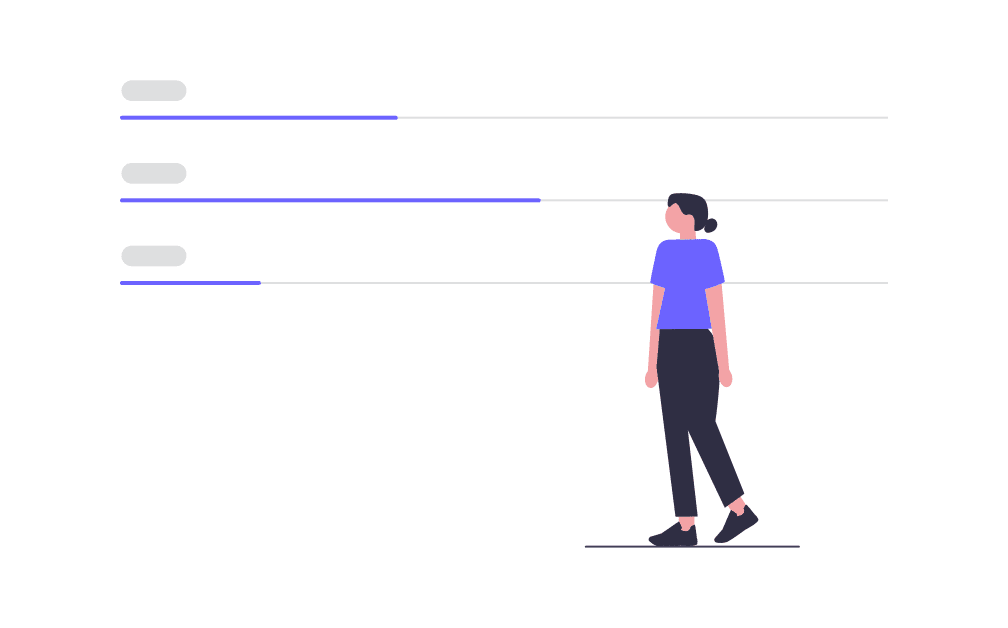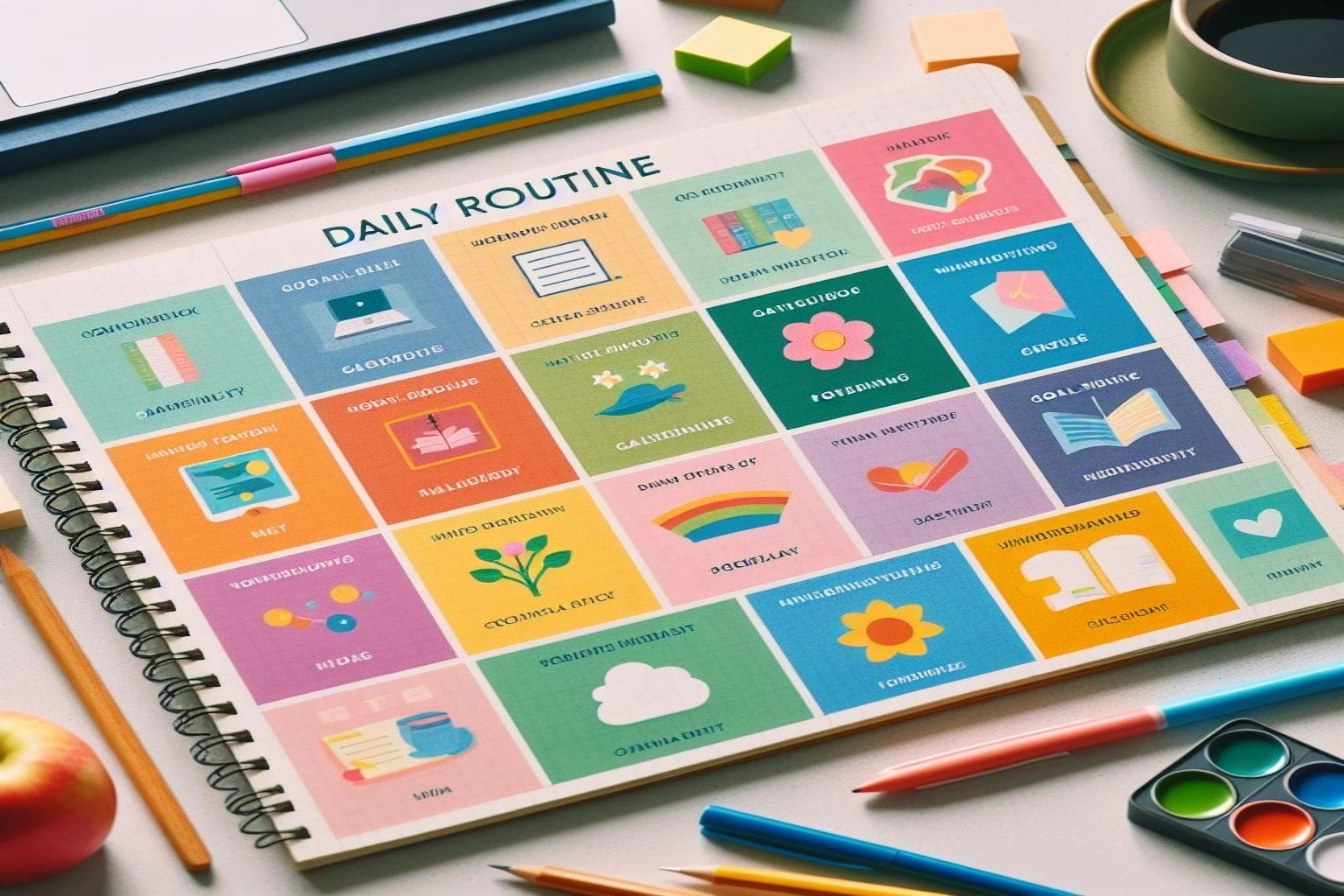Introduction:
In this blog post, we will explore 27 mental models, habits, and life systems that can make a significant impact on your personal growth. By implementing these strategies, even by just 1%, you can create positive changes in various aspects of your life. From goal setting and productivity techniques to enhancing relationships and self-reflection, these practices are designed to empower you to become a better version of yourself.

1. The 1-1-1 Approach:
Follow the 1-1-1 method: select a single objective, allocate an hour each day to it, and maintain your commitment for a full year. Assess your advancements at the end of the year and determine whether to persist with the existing goal or redirect your attention to a fresh one.
2. The 3-4-4 System:
Organize your to-do list into three essential tasks, four maintenance tasks, and four quick tasks. Prioritize the essential tasks when you have the most energy, and then move on to the others.
3. Structured Learning:
Allocate at least five hours per week for self-education through platforms like YouTube, books, or courses during your deep work sessions. Embrace a mindset of continuous learning, even beyond formal education, to develop industry-specific skills.
4. Teach to Learn:
Accelerate your learning process by engaging in the work, reflecting on it, seeking further knowledge, and then teaching it to others. Teaching enhances your understanding and retention of the subject matter.
5. Simple Networking:
Make it a goal to connect with at least one new person every day. By building genuine relationships, you can expand your network and discover fresh opportunities and perspectives.
6. The 21-Day Rule:
Commit to forming new habits by racing to the 21-day mark. Be prepared for distractions and challenges along the way, but persevere until the habit becomes ingrained.
7. Lists (Long & Short):
Write down your long-term goals, break them into medium-term goals, and further divide them into actionable daily habits. Chunking your goals into manageable tasks empowers you to focus on the specific activities required for success.
8. Plan in Advance:
Boost clarity and reduce anxiety by creating your to-do list the day before. By planning in advance, you can start your day with a clear roadmap of tasks and priorities.
9. Intentional Empathy:
Develop the skill of seeing things from others’ perspectives. Practicing intentional empathy enhances your ability to understand and connect with people on a deeper level.
10. Minimize Notifications:
Reduce distractions by turning off non-essential app notifications. Protect your focus and productivity by limiting unnecessary interruptions.
11. Time Blocking:
Experiment with different work and break intervals to find a rhythm that maximizes your productivity. Common time blocks include 25 minutes of focused work followed by a 5-minute break (25-5) or 50 minutes of work followed by a 10-minute break (50-10).
12. Your Hour:
Designate a specific hour of the day for activities that bring you joy and recharge your energy. Guard this hour from interruptions and use it to engage in activities that uplift your spirits.
13. Non-Negotiables:
Identify and prioritize important activities that you commit to doing consistently, regardless of any external circumstances. Whether it’s deep work, exercise, or spending quality time with loved ones, these non-negotiables shape your routine.
14. Write:
Embrace the practice of writing to clarify your thoughts and communicate your ideas. Whether it’s journaling, blogging, or simply reflecting privately, writing fosters self-expression and self-discovery.
15. 4-7-8 Breathing:
Regulate stress and induce relaxation by mastering your breath. Breathe in deeply for 4 seconds, hold for 7 seconds, and exhale slowly with a gentle “whoosh” for 8 seconds. This simple technique aids in balancing your heart rate, easing anxiety, and enhancing the quality of your sleep.
16. 10-10-10 Analysis:
When faced with decisions, consider the impact they will have in the short, medium, and long term. Opt for options that yield positive outcomes across all three timeframes. Remember, regret often follows hasty decisions made in anger.
17. The 80-20 Rule:
Recognize that a significant portion of your results comes from a small number of actions. Analyze your endeavors, whether personal or professional, and identify the 20% of activities that contribute to 80% of your success. Prioritize and allocate your time accordingly.
18. Energy Levels:
Pay attention to the factors that affect your energy levels. Observe how different habits, foods, and relationships either drain or energize you. Optimize your lifestyle by eliminating energy-draining factors and incorporating activities that boost your vitality.
19. Love Languages:
Understand the love languages of those who are important to you—physical touch, gifts, quality time, acts of service, and words of affirmation. Tailor your expressions of love and appreciation to match their preferences, fostering deeper connections and stronger relationships.
20. Body Language:
Recognize the reciprocal relationship between emotions and body language. Consciously adopt positive body language by standing tall, maintaining open posture, and moving in ways that make you feel confident and empowered. It can positively impact your mood and interactions with others.
21. Minimalism:
Incorporate elements of minimalism into your life by taking small steps to declutter both physically and mentally. Simplify your environment and thoughts, focusing on what truly adds value and letting go of unnecessary distractions.
22. Inversing:
When encountering obstacles, consider approaching them with a fresh perspective. Rather than asking, “How can I attain X?” consider asking, “What might prevent me from attaining X?” This inversion technique can uncover alternative paths and strategies.
23. Iteration:
Embrace the concept of iteration and let go of the pursuit of perfection. Take imperfect action, gather feedback, analyze results, and make adjustments. This iterative process allows for continuous improvement and avoids the paralysis of perfectionism.
24. Aspirational Hourly Rate:
Determine your desired yearly income and divide it by 1,980 to establish your aspirational hourly rate. Outsource or automate tasks that fall below this rate, freeing up your time to focus on higher-value activities. Utilize software or delegate complex tasks to maximize productivity.
25. The 5-Minute Rule:
Avoid procrastination for tasks that can be completed in less than five minutes. Act immediately without overthinking or delaying. By swiftly addressing these small tasks, you maintain momentum and prevent them from accumulating.
26. Say “No”:
Recognize the importance of setting boundaries and politely declining requests when you lack the bandwidth to take them on. Saying “no” allows you to preserve your energy and focus on the endeavors that align with your priorities.
27. People Matter Most:
Acknowledge that meaningful activities in life often involve working with, understanding, or managing people. Invest time in studying human behavior, developing social skills, and nurturing relationships. Prioritize people as the core of your personal and professional success.
Conclusion:
Incorporating these 27 mental models, habits, and life systems into your daily routine can lead to continuous personal growth and improvement.
By implementing the 1-1-1 approach, prioritizing tasks with the 3-4-4 system, and dedicating time to structured learning, you can make steady progress towards your goals. Additionally, developing empathy, minimizing distractions, and practicing self-care through techniques like time blocking and intentional breathing can enhance your overall well-being.
Remember that progress doesn’t require perfection—embracing iteration and letting go of perfectionism allows for continuous improvement. Finally, never underestimate the importance of nurturing relationships and valuing people as the driving force behind success. Implement these strategies and watch yourself become at least 1% better every day.







